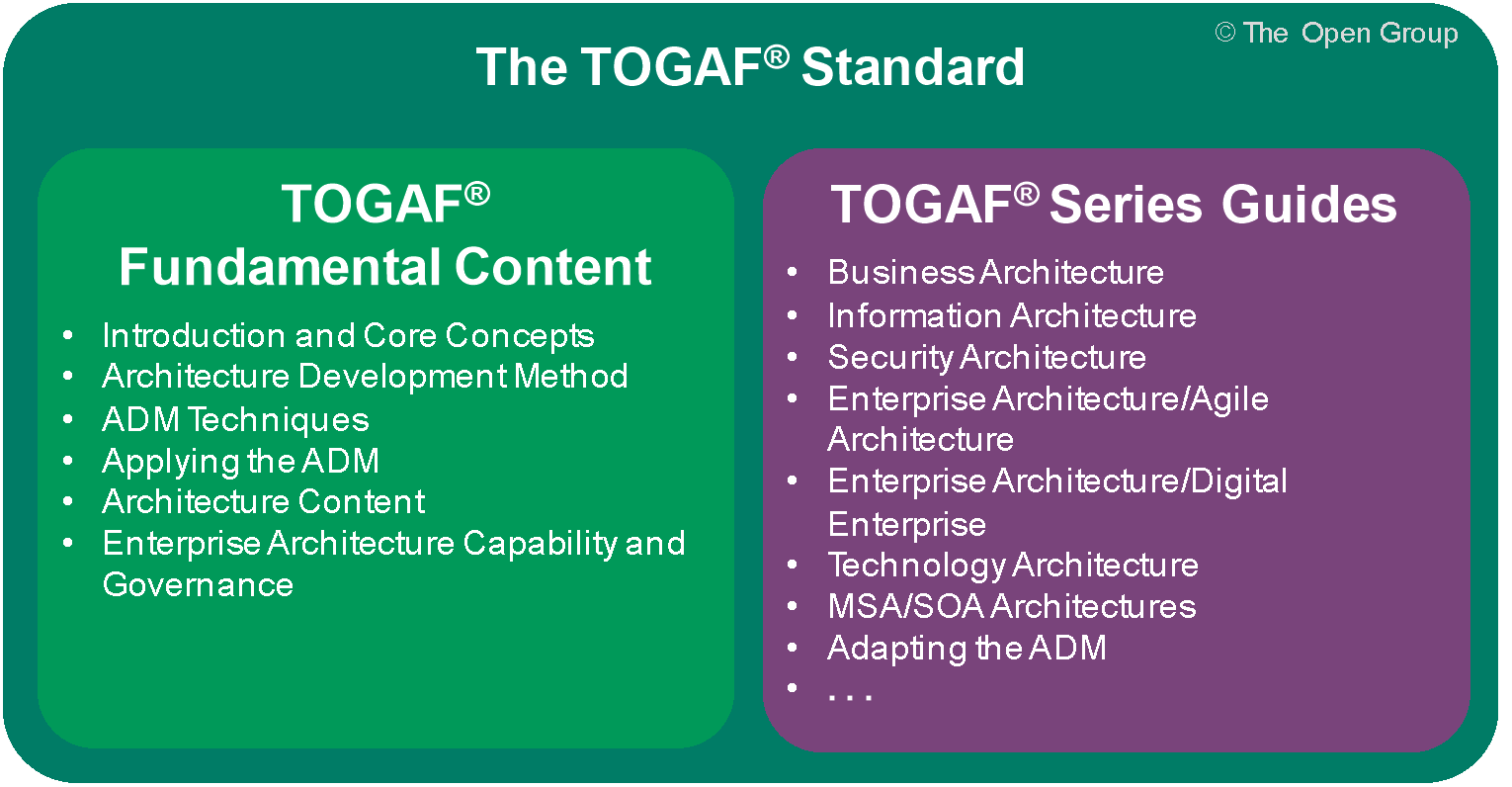Introduction
The unveiling of the TOGAF® Standard, 10th Edition marks a significant leap forward in the realm of Enterprise Architecture (EA). This latest iteration has been meticulously crafted to streamline the adoption of best practices, providing a roadmap for organizations to navigate through enduring universal concepts, proven best practices, and cutting-edge ideas. Let’s delve into the key enhancements that make TOGAF 10 a pivotal tool for small, medium, and large enterprises, as well as governmental and defense agencies.

Expanded Applicability
One of the standout features of TOGAF 10 is its broadened applicability. Tailored to cater to the diverse needs of small, medium, and large commercial businesses, as well as government departments and defense agencies, the 10th Edition ensures that its principles are scalable and adaptable across various organizational landscapes.
Efficiency Across Use-Cases
TOGAF 10 brings with it a wealth of greatly expanded guidance and how-to materials, empowering organizations to operate with efficiency and effectiveness. This includes guidance for agile enterprises and those undergoing digital transformation. By providing practical insights into implementation across a spectrum of use-cases, TOGAF 10 becomes a versatile companion for architects navigating the complexities of contemporary business environments.
Balancing Universal Concepts and Configuration Details
Recognizing the dichotomy of common universal concepts and the need for variable detailed configuration, TOGAF 10 strikes a harmonious balance. It acknowledges the necessity for a standardized framework while allowing room for organizations to configure and customize based on their unique requirements. This flexibility is vital for the dynamic nature of today’s business landscape.
Structural Overview
The document structure of TOGAF 10 is thoughtfully designed to cater to the needs of architects seeking more, better, and topical guidance on delivering superior Enterprise Architecture. It is divided into two key components: the TOGAF Fundamental Content and the TOGAF Series Guides. The Fundamental Content serves as the essential scaffolding, offering foundational principles, while the Series Guides provide detailed advice on configuring this scaffolding to meet specific organizational needs.
Getting Started with TOGAF 10
For those eager to embark on the TOGAF 10 journey, the process is made simple. Interested individuals can download the Introduction to the TOGAF® Standard, 10th Edition White Paper, providing a comprehensive overview of the new standard. Alternatively, users can navigate through the left navigation panel to explore specific topics of interest.
Conclusion
In essence, the TOGAF Standard, 10th Edition is not just an upgrade but a strategic evolution. It sets the stage for enterprises to not only adhere to established best practices but also to explore and integrate emerging ideas seamlessly. With its refined structure, expansive guidance, and adaptability across diverse scenarios, TOGAF 10 stands as a beacon for architects navigating the complex landscape of Enterprise Architecture.
Resources:
Powerful TOGAF ADM Toolset

